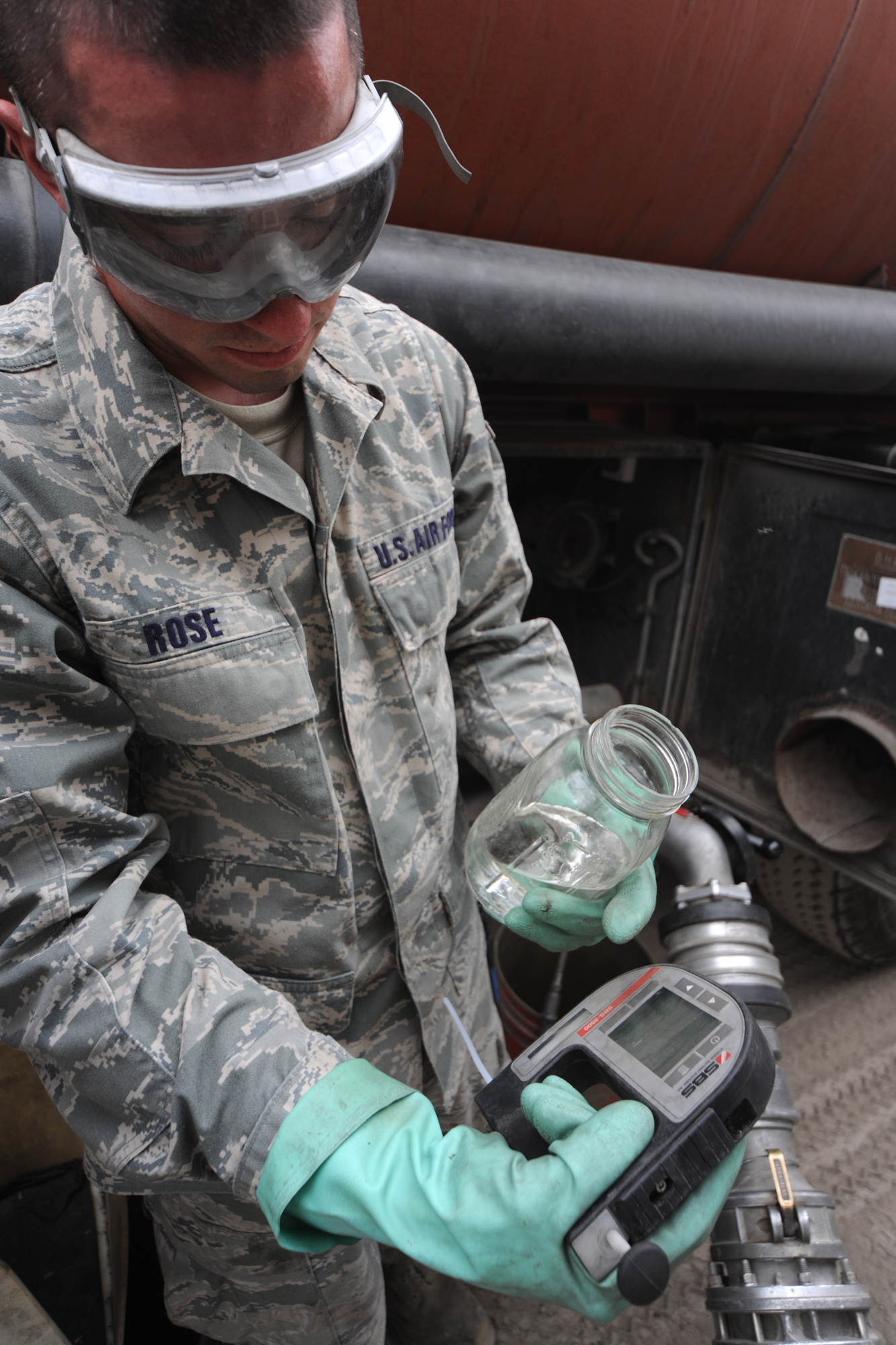Investigators now suspect there might have been as many as five separate explosions, in speedy succession–including one directly beneath the trailer Ramirez had simply left.

Texas Metropolis’s emergency services crews began rolling moments after the isom unit shattered. BP maintains its own fire brigade, and has a mutual response plan with the brigades of the opposite two Texas Metropolis oil refineries, owned by Marathon Ashland Petroleum and Valero. They get loads of follow: In accordance with Texas Metropolis Hearth Department chief Gerald Grimm, BP had 30 hearth alarms in 2003 and 27 in 2004, though he says this was not more than different plants of an analogous size.
Quickly seventy five local, regional and industrial emergency response units surrounded the location, the place partitions of water erupted from “monitors”–strategically situated water cannons, every able to hurling as much as 1500 gal. per minute. The thwack of rotors could be heard pounding through the thick smoke overhead. First on scene had been news choppers, followed by a Life Flight helicopter from Memorial Hermann Hospital in Houston. Simply 20 minutes after the accident, the airspace had change into so crowded that the Federal Aviation Administration declared a no-fly zone 3000 ft. excessive and three miles large.
At the tip of 1 hour, the fire had been contained, and inside 2 it was almost out. Solely then did the tally sink in: 15 lifeless, over a hundred injured. Of the fatalities, greater than two-thirds labored for Ramirez’s team, and had nothing to do with the unit that exploded.
HOW THE ACCIDENT Occurred
In line with the Chemical Safety Board, computerized data from the control system equipment indicate pressure contained in the manufacturing tower (1) rose rapidly from 20 psi to 60 psi. This triggered three pressure-relief valves (2) to open for six minutes, discharging enough fuel into the blowdown drum (three) to overwhelm the system. Petroleum could not be recycled again by means of the refinery (4) shortly sufficient, forcing liquid and vapors up the one hundred twenty-ft. stack (5). As fuel settled to the ground, it ignited in a blast sturdy enough to rip the roof off a benzene storage tank 300 yards away. Investigators discovered that a 6-in. drain leading to the plant sewer (6) had been chained open. Fumes traveling beneath the refinery might have fueled one of what’s believed to have been 5 explosions.
BLOWDOWN
Texas Metropolis is aware of industrial amenities and their dangers. Also known as “Toxic City,” it’s dwelling to 4 chemical plants and three refineries. The sprawling BP complicated, inbuilt 1934, is the third largest of 149 petroleum refineries nationwide. At evening it glows like a forested panorama of steel Christmas bushes, strung with flickering safety lights. Since data were kept in 1971, there have been a minimum of nine different accidents on the refinery that injured or killed workers, but the explosion on March 23 was by far probably the most destructive.
In the weeks following the accident, BP’s operations got here below intense scrutiny. Blowdown drums are a common characteristic at refineries, as are towers used to release evaporating gases. Most tower vents, nevertheless, include a flare system–a form of pilot mild that ignites probably hazardous vapors as they funnel out. In 1992, the Occupational Security and Health Administration (OSHA) mandated that the Texas refinery swap to a flare system. Amoco, which merged with BP in 1998, appealed and OSHA withdrew the request. The refinery continued to use stacks that allowed gases to flee.
Former BP employee Wydell Dixon says she has seen lightning ignite vapors wafting out of the isom stack. Whether a flare would have in the end prevented the explosion is questionable given the quantity of liquid as well as vapor concerned, says Don Holmstrom, an investigator with the U.S. Chemical Security and Hazard Investigation Board (CSB), but “a flare does present an additional layer of safety.”
The situation of the momentary trailers also has been questioned. BP guidelines allowed trailers within 350 ft. of refining units–a minimum of two were inside a hundred and fifty ft.–provided they receive site-specific evaluation. (BP has since mandated trailers be positioned at the least 500 ft. away.) Some other refiners take the additional precaution of requiring nonessential personnel to be evacuated when units just like the isom are being brought on line. According to BP spokesman Hugh Depland, BP has no such requirement.
OSHA and CSB are each conducting investigations. In response to Holmstrom, the CSB is wanting into such elements as whether the gasoline was heated too rapidly, which can have led to the strain spike in the tower, and whether all outflow valves had been working correctly. An official report is not anticipated for up to a yr. BP is also conducting an investigation. Says Depland, “It would be inappropriate to touch upon an investigation that’s ongoing.”
Ramirez, who survived the explosion, was left wondering if an evacuation order that might need saved his colleagues was ever handed alongside. His boss, Eugene White, might need known, however he died when his trailer workplace was demolished by the shock wave.
A week after the accident, workers carrying a who’s who of petro industry caps gathered between shifts within the Texas Tavern. One mentioned a buddy had give up; he’d been having lunch together with his wife in a minivan when the plant blew right in front of them. Someone else famous the date: exactly a year since an explosion in another unit at the plant. Quickly the bar grew crowded with males drinking longneck Buds and capturing pool. Down the road on the refinery, skeletal cranes, shrouded in fog, continued to select over the rubble.
Leave A Comment